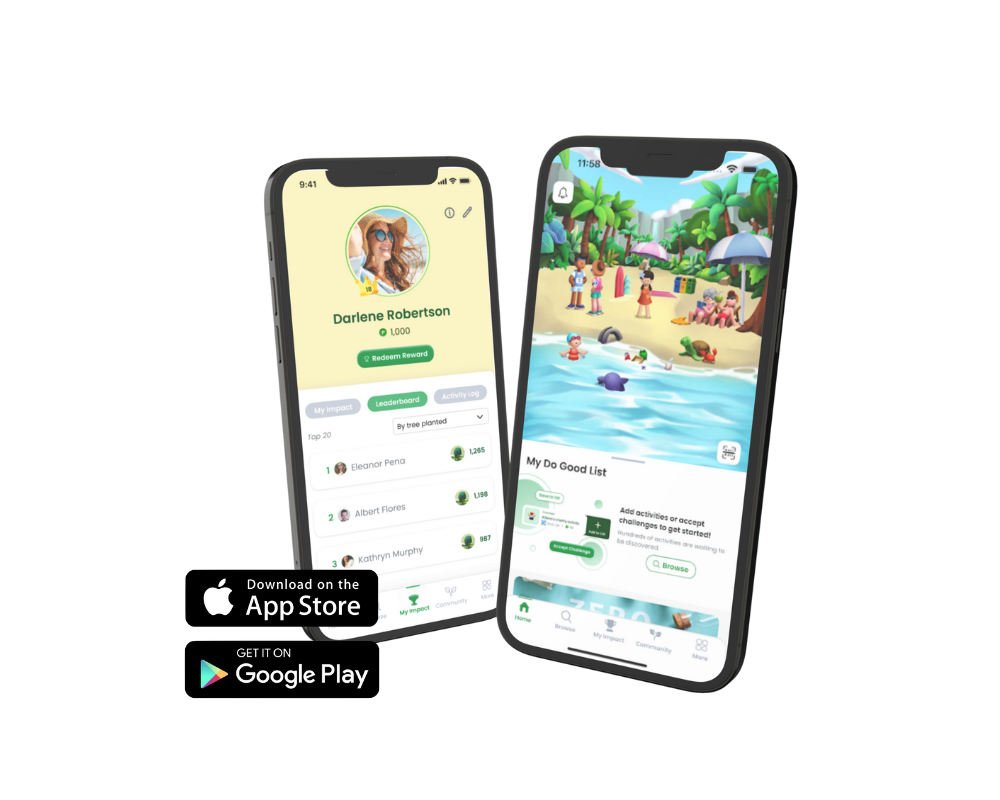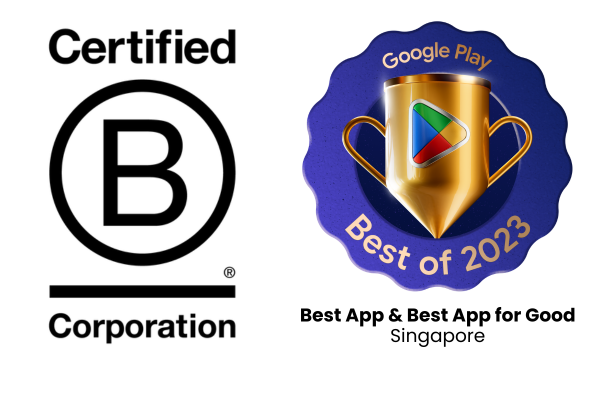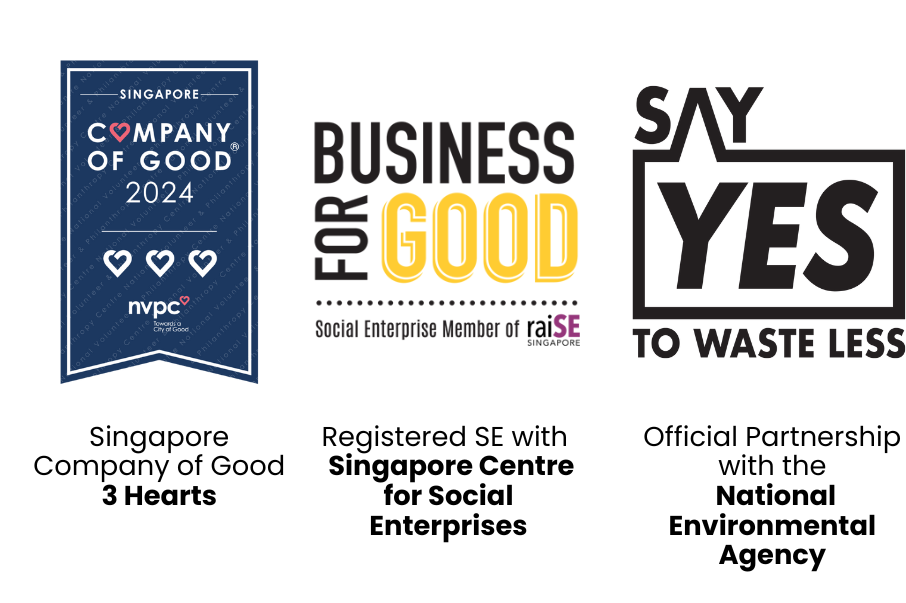Why does it matter?
Whenever we buy new electronics, we typically don’t consider what happens to them at the end of their lifecycle. Depending on the value of the item, we may or may not take an effort to repair them. However, at one point, there comes the time to discard them.
Improper or no recycling
Presently, most of our high value e-waste gets traded to informal sectors who dismantle the items without proper recovery and recycling capabilities. As a result, this is endangering their health and the environment due to release of toxic substances such as heavy metals or release of refrigerants, for example. In addition, much of our low-value e-waste directly ends up in the general waste stream. This results in a contamination of our general waste’s ash residue, which we landfill at Semakau Island.
Lost Opportunity
Furthermore, improper or no recycling also represents a missed opportunity to recover valuable metals, minerals and other raw materials, which are typically mined from the earth. With mining being one of the largest sources of toxic pollution, reducing the need to do so will have a direct impact on our environment.
As e-waste often contain valuable and scarce resources such as silver and gold, the lack of proper recycling results in a loss of resources and energy that could have been put to better use.
With this in mind, going the extra mile to discard your old electronics responsibly is a great first step. Now, you just need to know how to go about it. We hope this little guide serves as handy tool to better understand Singapore’s E-Waste disposal process and the options you have.
What are regulated consumer products and how to dispose them?
Regulated consumer products refer to electronic items that are typically used for private consumption. Here is an overview of the product types and disposal methods currently available in Singapore.
For latest information and details, please refer to ALBA’s website here.
| Types of Items | Disposal Method |
|---|---|
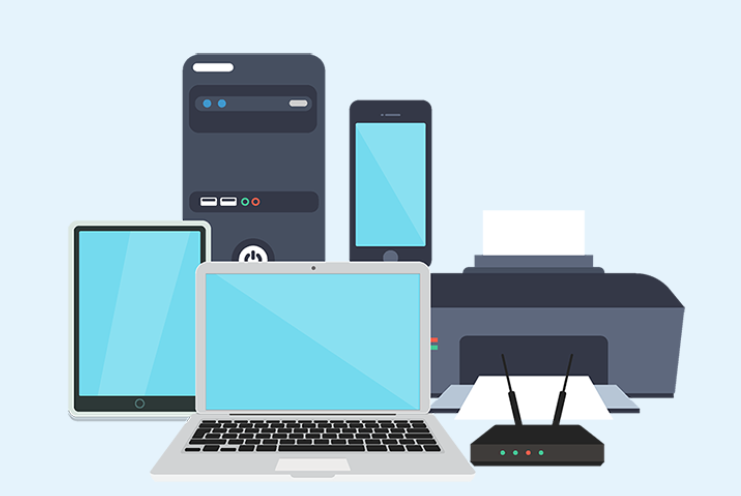 ICT: Printers, power banks, computers & laptops, mobile phones & tablets, network & set-top boxes, TVs & desktop monitors, mouse, keyboards, cables and adaptors Note: For 3in1 bin, devices must be able to fit through a 500mm x 250mm slot (but if it is not, refer to disposal method of Larger Household Appliances below) |
|
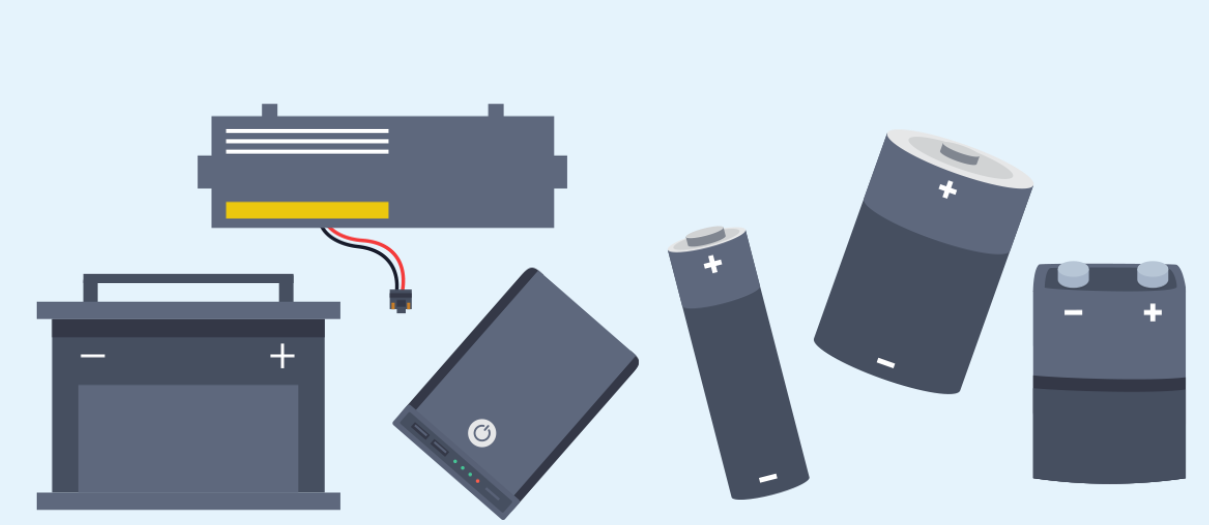 Household Batteries: AA, AAA, AAAA, D, C, 9-volt, and Button Cell only Rechargeable or Lithium-Ion Batteries: Mobile phone battery, laptop battery, power bank Note: Please make sure to tape the terminal of the batteries before depositing them into the E-Bin. In addition, you may also use plastic wrap to wrap them individually to prevent any contact from terminals of other batteries. Most importantly, if batteries are leaking, please place them in a sealable plastic bag before disposing them. |
|
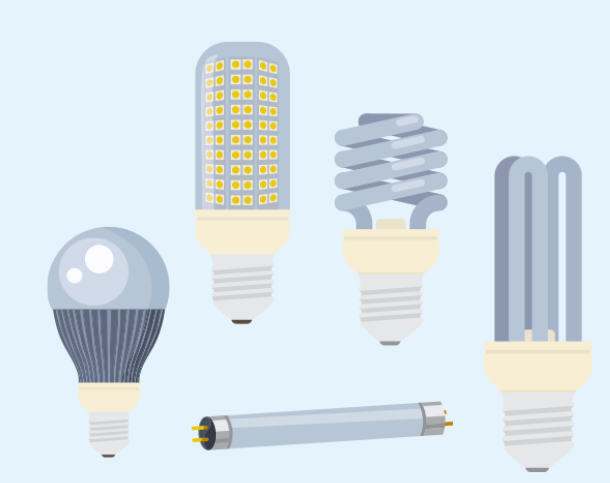 Consumer lamps (bulbs): Incandescent Bulbs, LED, Compact Fluorescent Light Bulbs |
|
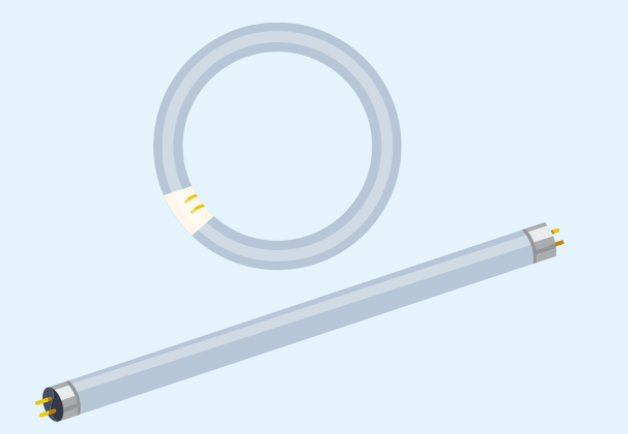 Fluorescent Tubes: long or circular tubes Note: Please also see Safety Advisory for Handling of Fluorescent Lamps |
|
|
Electric Mobility Device: Personal Mobility Device, Power Assisted Bicycle, Electic Mobility Scooter Consumer Electric Vehicle Battery |
|
How you can easily locate the nearest 3in1 and BB e-waste bins on the susGain app
Find out in this short video:
What are unregulated consumer products and how to dispose them?
Any items not listed above are considered unregulated consumer products and as a result are currently non-regulated under the Extended Producer Responsibility Scheme.
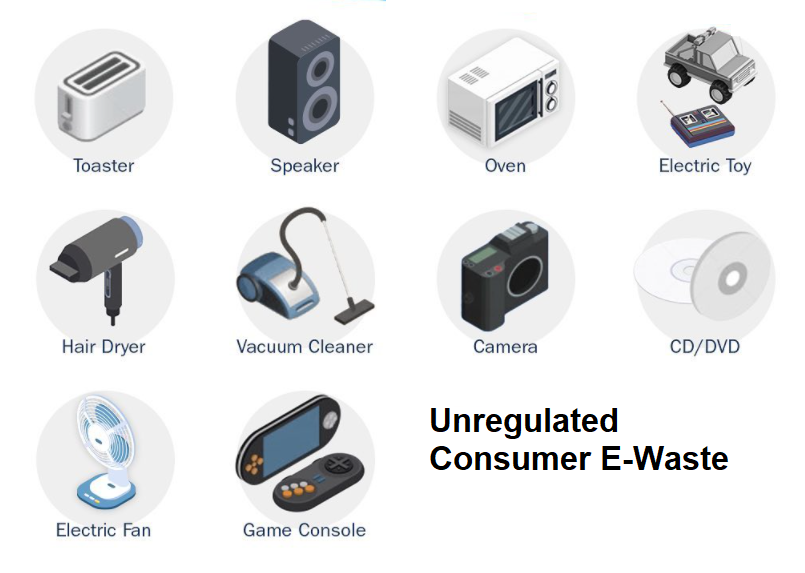
Examples of unregulated e-waste include:
Electrical fan, food processor/blender microwave, rice cooker, toaster oven, vacuum cleaner, digital watch, thermometer, electric toys, coffee machine, hairdryer, soundbars, walkie talkies, camera, speakers, game consoles (e.g. XBox, Playstation), diffuser, electric toothbrush.
For any of the items listed above, it is hence recommended to bring them down to the nearest Cash for Trash (CFT) station.
⚠️ Please note that some of the Cash-for-Trash stations are still suspended due to the enhanced COVID-19 measures. The latest updates and schedules for the Cash-for-Trash stations can be found using the links below:
- For Pasir Ris-Bedok and Ang Mo Kio-Toa Payoh sectors, 800 Super Waste Management Pte Ltd is the PWC and you may refer to this link for more information.
- For City-Punggol, Clementi-Bukit Merah and Woodlands-Yishun sectors, Sembwaste Pte Ltd is the PWC and you may refer to this link for more information.
- Also find the ezi CFT collection points on the susGain app.
- For Jurong sector, ALBA W&H Smart City Pte Ltd is the PWC and you may refer to this link for more information.
- Also find the ALBA CFT collection points on the susGain app.
What happens to the e-waste after disposal?
All E-Waste collected will be sorted and weighed at ALBA’s Logistics and Sorting Hub before it is sent to licensed qualified recyclers in Singapore and overseas. Information & Communications Technology (ICT) equipment (e.g., laptops, tablets and mobile telephones) are sent to recyclers with data sanitization capabilities. ALBA also has protocols in place to ensure that the processes meet the environmental and health, and safety standards and that the recyclers have proper technical recycling capabilities, to ensure recovery of secondary raw materials.
For more information, please refer to ALBA’s website here.
Find your nearest e-waste bin on the susGain app!
susGain helps you follow through with your good intentions, simply by incorporating little sustainable habits into your daily life.
Looking to organise a customised community challenge for your company, school or club and measure the collective impact created? Reach out to us at contact@susgain.com to find out more!
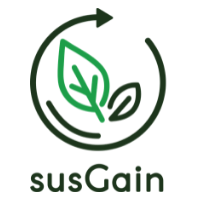

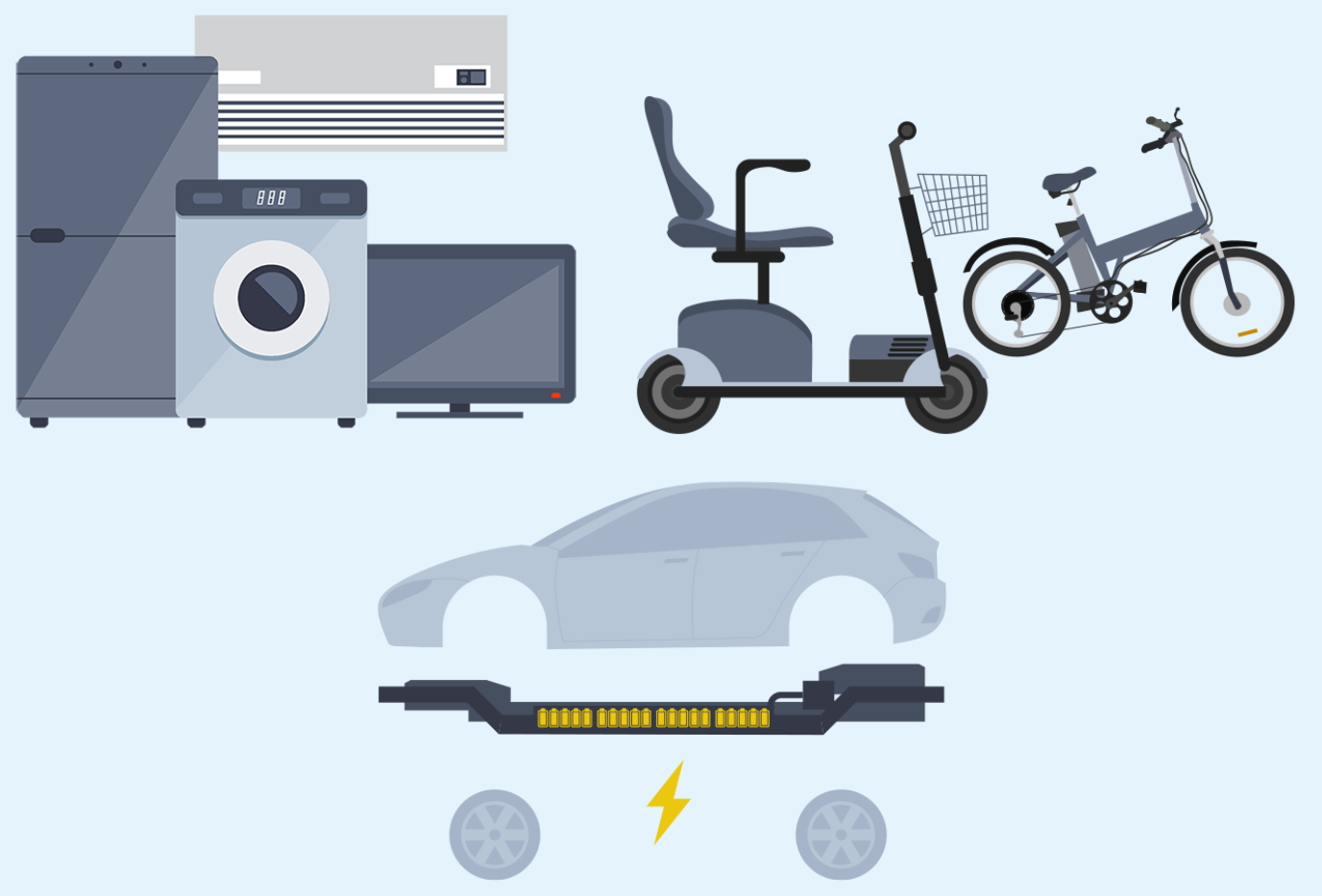 Large Household Appliances: Refrigerator, air-conditioner, washing machine, dryer, television, monitors
Large Household Appliances: Refrigerator, air-conditioner, washing machine, dryer, television, monitors